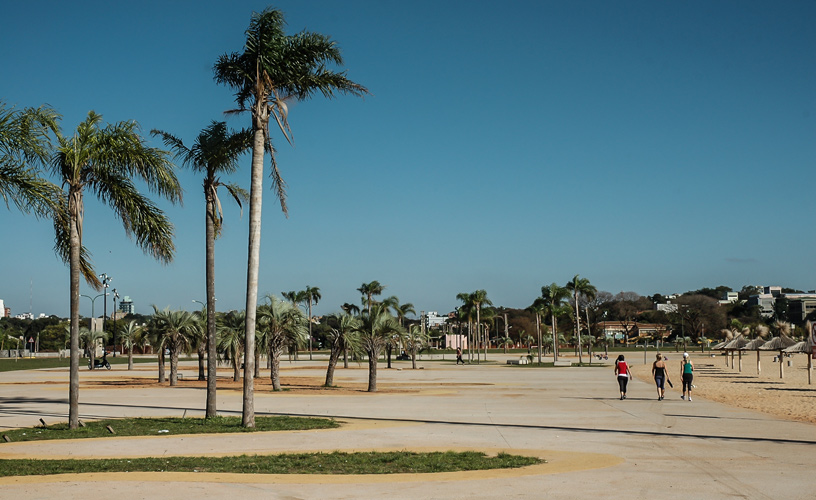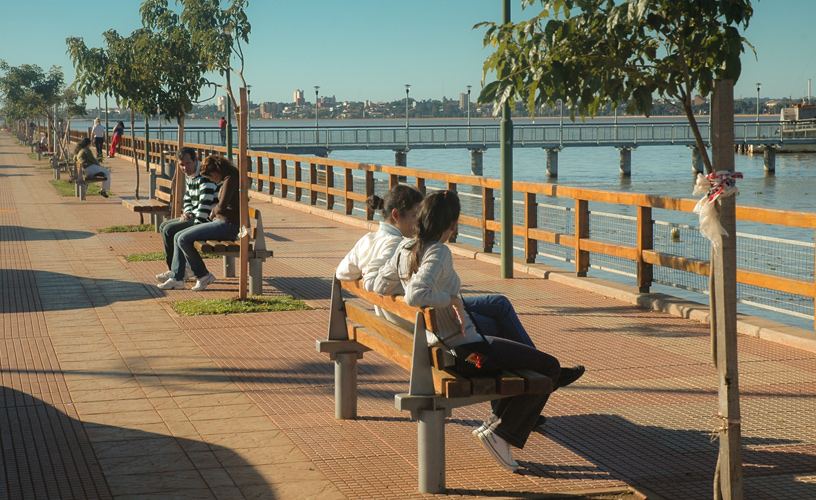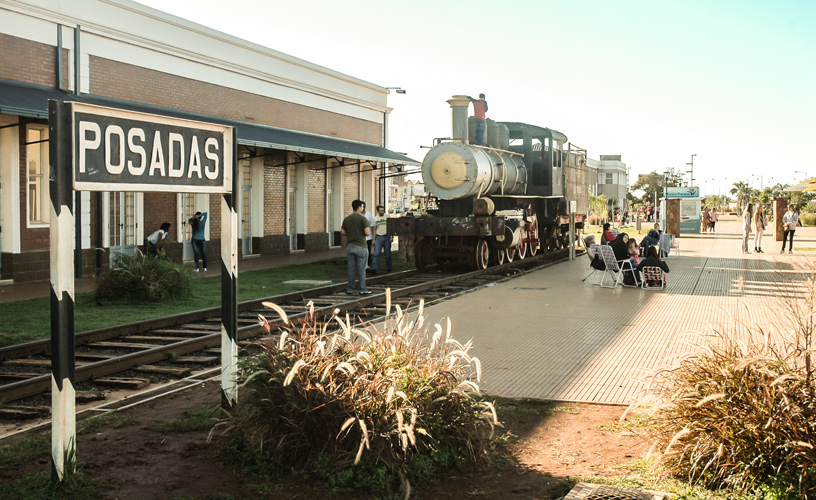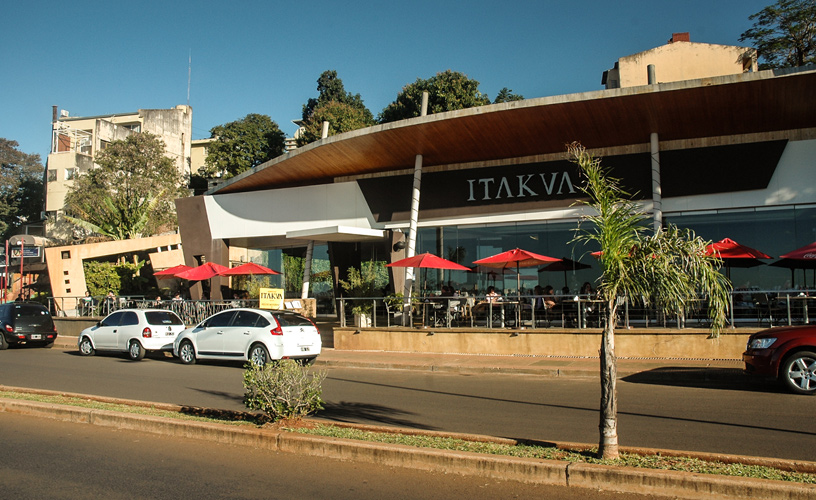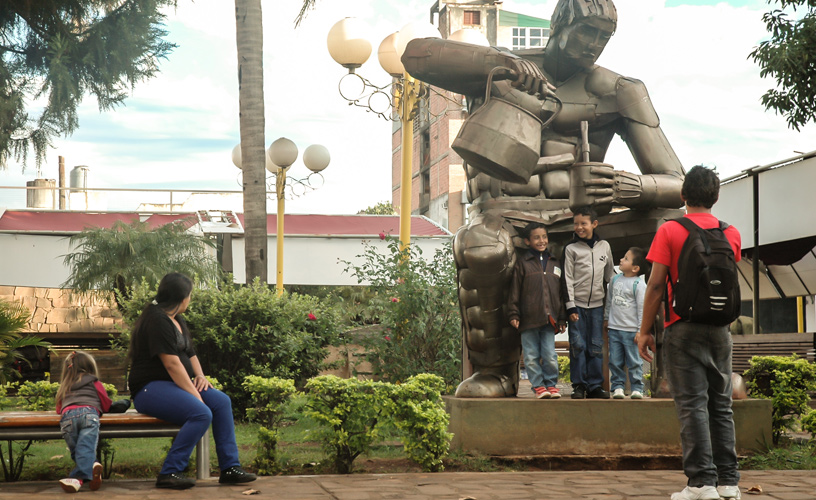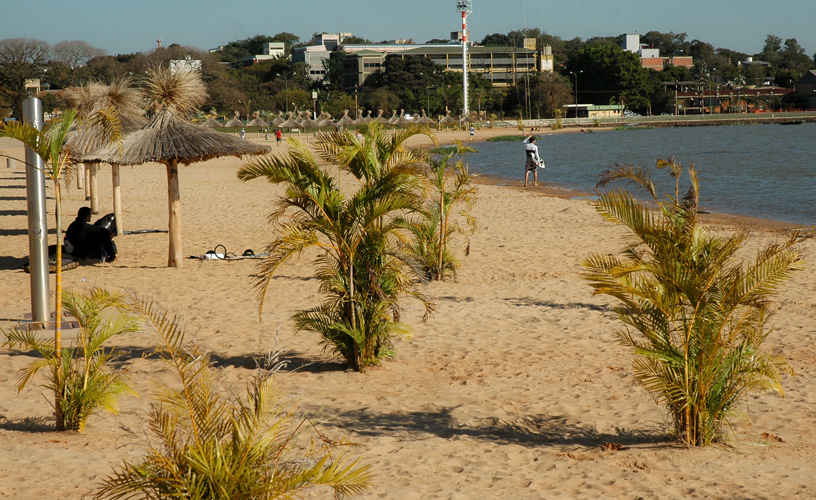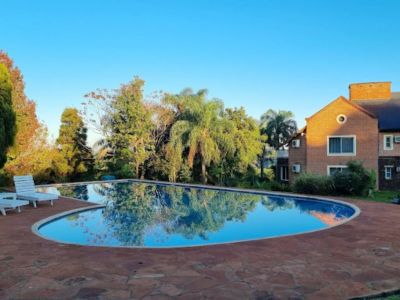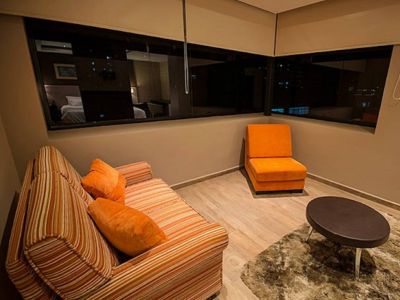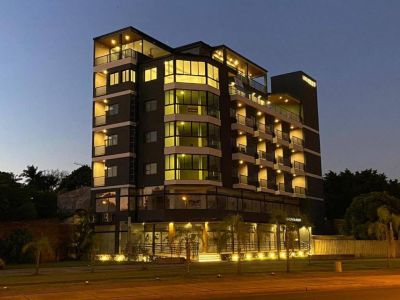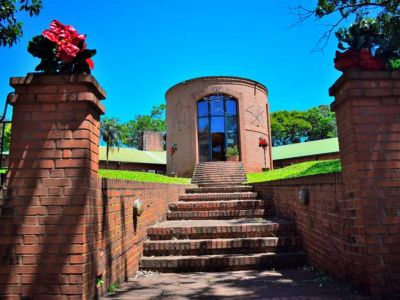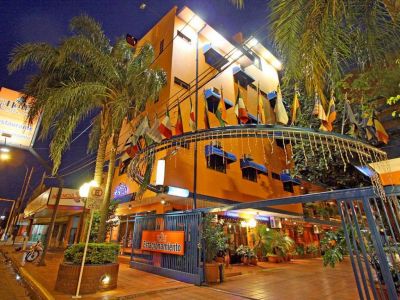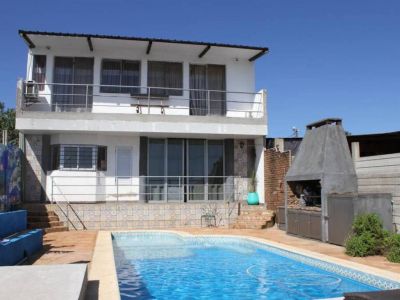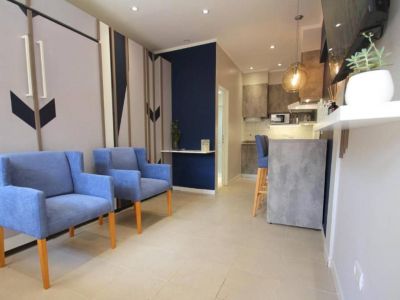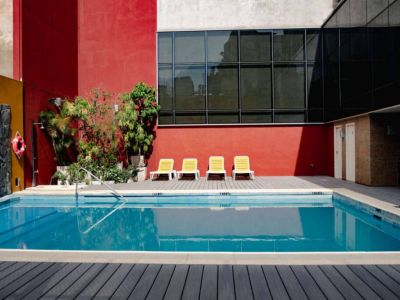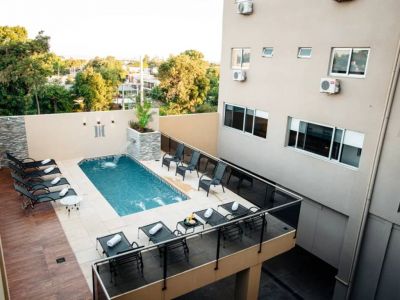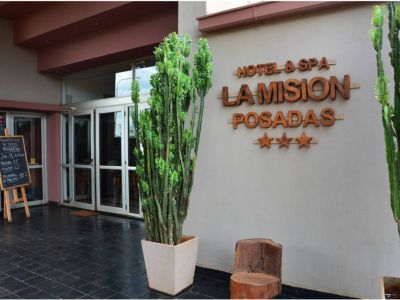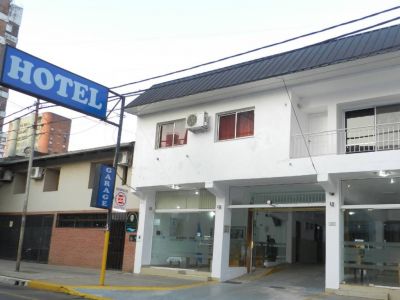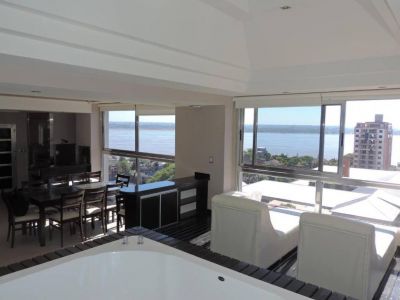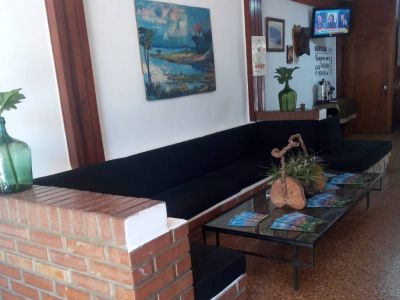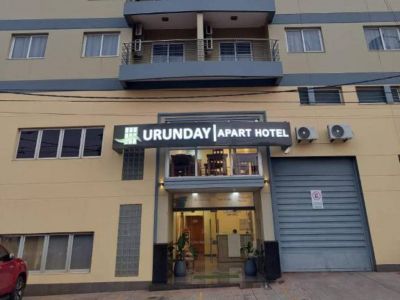It is the main area where Misiones production converges. When looking at its streets, its waterfront and public buildings, one can see its history, customs and people. The most important shops, which give the city a cosmopolitan touch, are on Bolívar, San Lorenzo and Colón Streets. At this location, tourists can purchase typical products or choose lodging in comfortable and modern hotels. Its main Square, 9 de Julio, shows at first sight why Posadas is considered the "Doorway to Nature". Dense vegetation made up of Paraná pine trees, pink trumpet trees, pacara earpod tree, rosewood, palm trees, jacaranda and flamboyant trees offer visitors cool shade, mainly chosen on days when the temperature is higher than 30º C. On the sidewalk there is a Craft Market, where articles hand-made by Guarani native people are displayed and sold. The Government Palace is opposite the square, on Félix de Azara Street, between Bolívar and San Martín. This house dating from 1883 and built by the Italian engineer Juan Col used to belong to former President Julio Argentino Roca. Its architectural lines corresponding to the French Academicism style stand out.
City Tour around Posadas
The Cathedral with its Romantic style is also opposite 9 de Julio Square, on San Martín Street between Colón and Félix de Azara. It was a masterpiece by architect Alejandro Bustillo, and it was opened in 1937. Its patron Saint is Joseph the Worker.
Setting out along Colón Street, heading for the waterfront, visitors can see Republic of Paraguay Park. It is called like this because it was donated by the neighboring country, as a token of appreciation for the help given by the people of Posadas to the residents of Encarnación after a tornado had battered the Paraguayan city.
Aníbal Cambas Regional Museum is located in the park venue. Items belonging to the native cultures of the region are displayed together with artifacts from the Jesuit period and firearms from the wars of Independence and of the Triple Alliance.
“Manuel Antonio Ramírez” local amphitheater, where folk music and regional singing shows are performed, is opposite Paraguayo Park. It can seat 5,000 people and it hosts the Littoral Festival every year in November.
There is a gorgeous panoramic view of the Paraná River from the back of the amphitheater, from where the City of Encarnación may be spotted on the opposite bank.
Marcelo Sola
Pablo Etchevers
Contact of the excursion or tour
Gabina Turismo
San Luís 2239, Posadas, Misiones, Agentina
Phone: +54 376-4641817
Bus station from 6am to 9pm
Airport: according to flight schedule
9 de Julio Square: 8am to 11pm
Paseo La Terminal: 6am to 9pm
Bus stop at 10th km marker: 6am to 9pm
